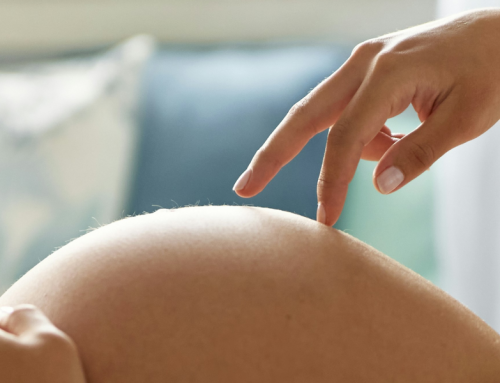Fibroids are common benign tumours which may cause fertility problems in women, depending on their location and size
Fibroids are common benign tumours located in the uterus. They are formed by muscle tissue and affect between two and four of every ten women. Their symptoms and treatment depend on their size and location. Thus, while in some cases no surgical procedure is necessary, in others it is advisable to have them removed by surgery to eliminate the symptoms and enable pregnancy.
The presence of fibroids increases with age and varies depending on the race; they are more common among Negro women.
There are three types of fibroids: those that grow outside the uterus (subserosal), those that grow on the uterine wall (intramural) and those that are located in the uterine cavity (submucosal). The latter type generates the largest number of symptoms, since due to being in contact with the endometrium, they may cause menstrual alterations (abundant menstruation or bleeding outside the cycle) which can give rise to anaemia.
Submucosal fibroids may also prevent pregnancy, since in some cases they may prevent the implantation of the embryo and lead to miscarriages. For this reason and due to the discomfort they produce, once diagnosed, it is always advisable to have them removed, especially in women who want to become pregnant.
Minimally-invasive surgery
Submucosal fibroids are easy to remove with minimally-invasive surgery. The procedure is performed in the vagina through a hysteroscopy and does not require hospitalisation.
In all cases the procedure to be followed in each woman depends on the opinion of the gynaecologist and the symptoms present in each woman.
Eugin Clinic stresses the importance of having regular gynaecological checkups to rule out the possibility of problems that could make it difficult for a woman to become pregnant or endanger her health.





